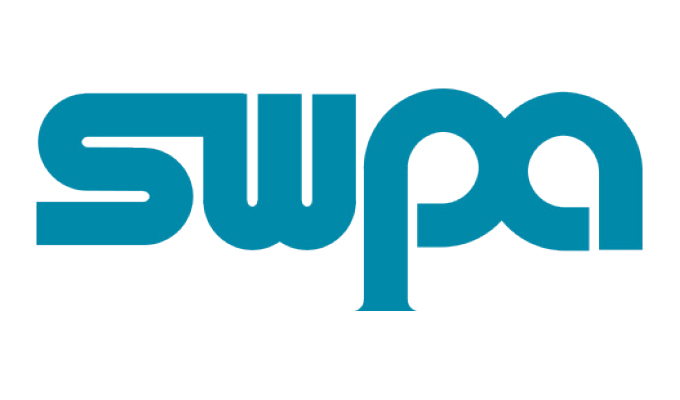By SWPA Executive Director Adam Stolberg, John A. Evans, P.E., and David L. Ubert, F.E.
SWPA has long recommended the “Systems Approach” for effective maintenance and system assessments. However, understood in that mandate is keeping abreast of current technologies and equipment. Below, SWPA Executive Director Adam Stolberg brings John A. Evans, president of M.P. Electronics, and consulting engineer David L. Ubert of Electrical Design Associates on board to discuss how to keep your pumping system up to date.
What are some of the benefits submersible pump users can find by applying the Systems Approach to their control systems?
Per the SWPA handbook, the systems approach establishes performance optimization by assuring the many components in the system operate efficiently and effectively in concert with each other. Although these systems components are independent, they must be carefully matched to each other because the performance and operation of each impact on all of the others.
This philosophy is common in other trades, such as the medical profession. It would seem more appropriate to maintain equipment from a system standpoint instead of individual equipment since individual parts have an effect on other parts of the system. The benefit of this approach is you get a better sense of how to repai and take care of individual components based on the whole system.
Inefficient pumping systems can be large energy wasters. What solutions can be found in the control systems for submersible pumps?
There are several things that can be done to avoid wasting energy and money as a result of inefficient pumping systems. There are also different things that cause systems to be inefficient, such as worn impellers, poorly chosen hydraulic conditions, and changing hydraulic conditions (changing over time) or worn bearings, etc.
Control systems can be a great tool to identify issues before they become major problems, and dynamically make modifications to control algorithms as system components change over time. Recent improvements in technology provide several options.
One solution to improving system inefficiencies is the use of artificial intelligence (AI) in control algorithms. Not only can AI help improve the functionality of control systems, but this technology can also be used to identify problems before they become major issues. AI algorithms can use machine learning techniques to map systems and create alarms to warn when systems deviate from the norm. Other solutions involve a more simplistic approach, utilizing straight control algorithms already available (i.e., PID control) and fine tuning these systems to ensure that pumps are running on their design curves.
One thing that cannot be ignored when trying to identify inefficiencies is the need for instrumentation. The only way to accurately identify inefficiencies is to deploy the proper instrumentation. Remembering that the desire for lift station control is reliability and simplicity, care must be taken that additional instrumentation does not add cost and complexity without improving the system.
For most industrial users, their pump system is a long-term asset. How would you advise submersible pump users best keep track of any inefficiencies over time?
Control systems are a great way to “watch over” expensive system components over time. Historical trending can be a good tool to document normal system behavior and system degradation. However, this requires operators to compare trends over time.
The control system can watch for these deviations as well. As an example, a traditional two-pump lift station controlled by floats should follow a pumping pattern over time. The control system can watch for deviations from normal behavior, such as the second pump is taking much longer than normal to pump the station down. This kind of control does not require any special instrumentation, only some programming by experienced engineers who understand system operation.
This concept can expand as well with the use of instrumentation, watching over other components of the system related to pump operation—vibration sensors, temperature sensors, current and voltage sensors, etc.
What are some things that may seem small but add up to bigger problems in the life-cycle of a pump?
The largest life-cycle cost of a pump is the operation, and maintenance of the pump during its lifetime. Pumps running off the pump curve, which is especially common when running pumps on variable frequency drives, can lead to problems such as premature wear and tear on pump components, which typically go undetected for a long time with damaging consequences. Quite often the controls engineer programming the operation of a pump does not have a complete understanding of the hydraulics of the system.
Another issue that can go undetected and cause damage to pump motors overtime is poor pump motor voltage. Supply voltages that are too high, low, or inconsistent (unbalanced phases) can certainly cause issues for motors over time.
FOR MORE INFORMATION
The Submersible Wastewater Pump Association (SWPA) is one of the pump industry’s leading professional organizations. To find out more, or become a member, visit www.swpa.org.
MODERN PUMPING TODAY, December 2022
Did you enjoy this article?
Subscribe to the FREE Digital Edition of Modern Pumping Today Magazine!


